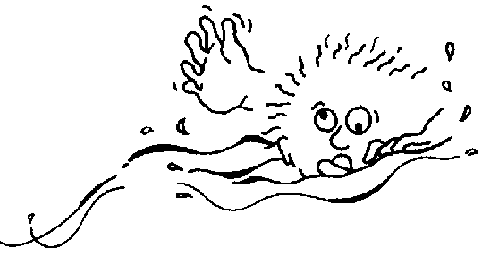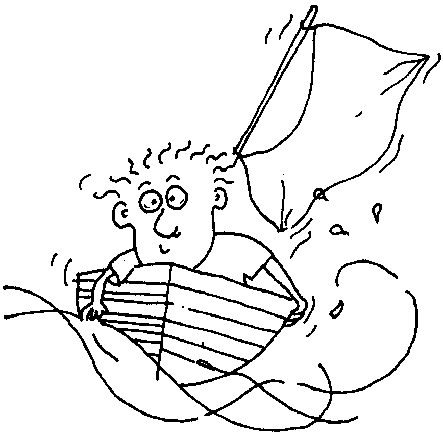Insight Meditation Online
Introduction to Insight Meditation
by Venerable Sujiva
Our Path is a Waterway
Water is an element that we are all quite familiar with. Especially for us in the hot climate, it brings a thrill even when we touch it. When it comes in a pure form in nature, it’s even more exciting. This element has a strong similarity to the universal processes in Nature, in that it ‘flows’. In Nature, it flows from the future to the present and into the past. Each event is like a wave, and these waves can be strong. Whether we sink or swim will depend very much on a number of things. Beings who are infatuated and intoxicated by sensual pleasures are described as those swept away by floods. They may think how blissful it is at first but the wise, with far-sightedness, will think otherwise.

To remain afloat we must have mindfulness. It keeps our head above the waters and, with energy, works towards safer shores. If mindfulness is well developed, we are as if on a boat, riding along the waves to Nibbana, which is described as the Safe Island.
Insight Meditation is itself a process of processes. At first we try to keep ourselves afloat with strong continuous mindfulness. After that, the practice becomes a journey of discoveries. Every experience we come across undergoes minute scrutiny. Our mind is like a microscope of ever-increasing powers of magnification; we discover the secrets of existence which we have misunderstood for so long. With each realization we move closer and closer to where the waves break and cease altogether – that is, absolute reality, the utter end of all Suffering. Is that not the noblest aim for which man may live? Wonderful knowledge like this should not be postponed. Hop on board the Ship of Mindfulness!

Unfortunately, the scope of this little booklet is such that I can only give an introduction to what Insight meditation is, and the basic exercises. There are definitely many more steps to be taken and it will be best if you approach the people who have done it before and are able to give you suitable advice. It is, of course, preferable that you attend a more complete course, under a qualified instructor, on a part-time basis or at an intensive retreat.
For those who are daring enough to try, using just the basic knowledge contained in this booklet, I have one or two more things to say.
Firstly, these minimal instructions are meant only for those without any serious psychological problems. If one is under medication or treatment for mental abnormalities, it is stressed further that this booklet is insufficient. They have to get in touch with a qualified teacher.
Secondly, if one gains concentration, one may meet with various experiences. There may be joyful feelings, visions, voices, or even fear. The simplest step is to note them mindfully. They should eventually subside and pass away within a minute. Do not be attached or panic if they don’t. If worst comes to worst, just open your eyes and get up. Do this also if the mind goes into worse states of restlessness when the sitting progresses after half an hour. This can happen when your mind is burdened by tons of problems or unresolved issues. Do quick walking instead. The principle is to be Mindful. If mindfulness does not increase, but worsens instead, something is wrong.
Last, but not least, seize an opportunity to attend an intensive course or retreat on Insight (Vipassana) meditation. The progress and understanding of the practice in a retreat of about ten days can be better than that achieved in a period of one year, done by oneself on a daily basis.

